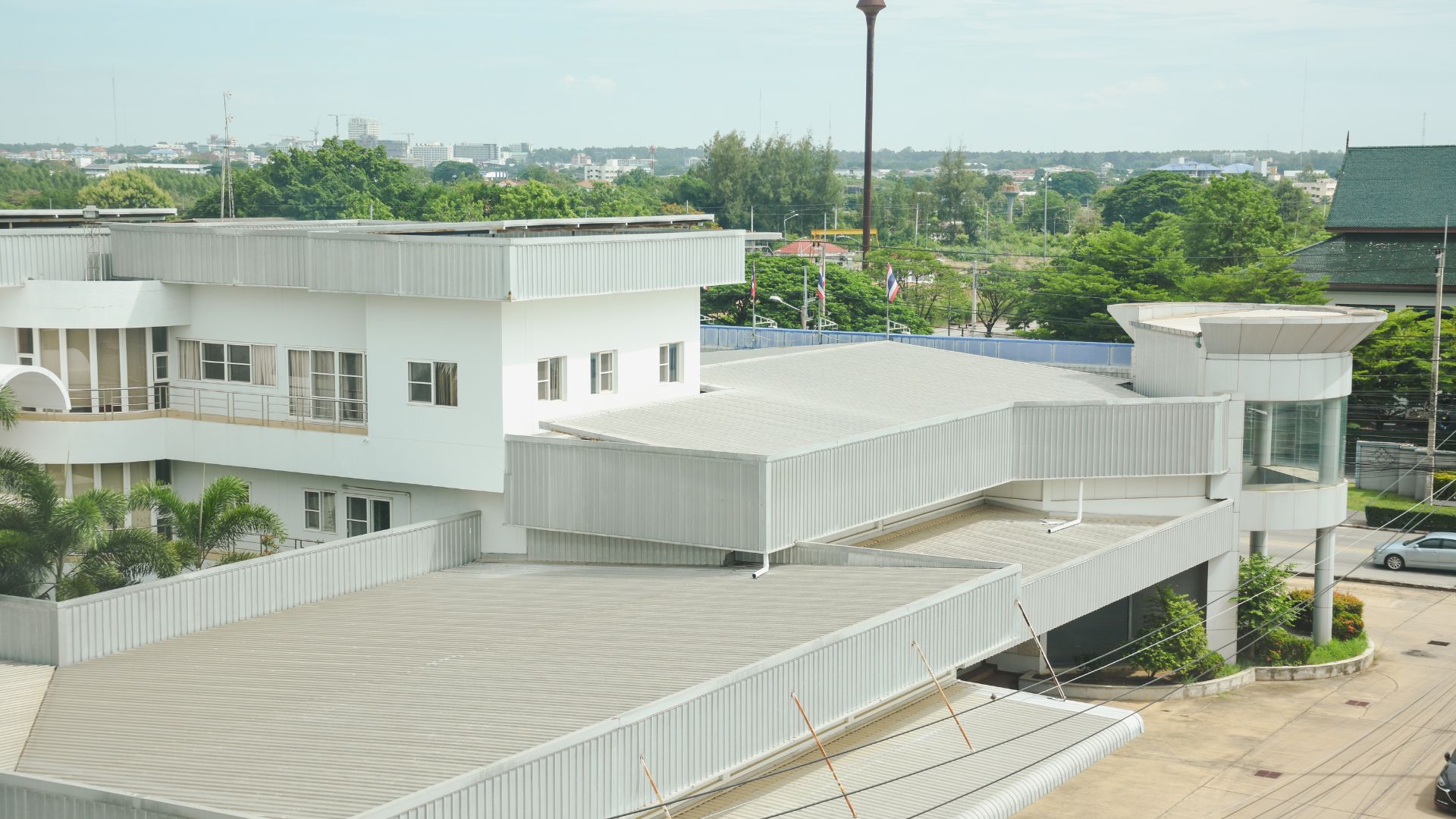In the same way that every snowflake is unique, no two hail stones look the same. If you’ve ever endured a hailstorm, you understand its destructive power. The stones fall heavy, drowning out all noises temporarily with their violent banging.
Physical damage after a hailstorm can be terrifying. Shredded foilage, dented cars, broken windows, and destroyed building siding sit quietly after the storm has passed.
There’s hope, though, once the storm has passed. In the same way that plants regenerate, you can restore your damaged buildings with proper intervention. Experts in storm damage will help you repair hail damage on vinyl siding and roofs.
Keep reading to learn about the different types of damage as well as the ways you can recover after a hail storm.
Factors That Influence Hail Damage
Experts estimated that hail storms caused $1.1 billion in the U.S. alone in 2022. Such damage can vary from nearly imperceptible hairline fractures to gaping holes. Several factors can influence the type of damage your building will sustain.
Size and Trajectory
The size of a stone as well as its direction make the biggest impact on the type of damage your building sustains. No matter the quality of your siding, the larger the stone, the more likely you are to see cracked, chipped, and broken siding. No vinyl siding can withstand the damage that massive hailstones will cause.
Smaller hailstones, such as quarter and nickel-size stones, will inflict some damage. But bigger stones, such as softball-size stones, will cause the most damage.
Vinyl Siding Age and Condition
The age of your siding plays a large role in the amount of storm damage it sustains. Weather and sun weaken siding. Thus older, inflexible, brittle siding is more prone to weather damage.
Additionally, the condition of your siding plays a role in the amount of damage hail causes. South-facing siding typically deteriorates faster because of the harsh sun. West-face siding typically takes the brunt of rain, wind, and sleet.
Even generally good weather will ultimately age siding. So the longer you have had your siding, the more likely it is to sustain damage from a hail storm.
Siding Quality
The initial quality of your siding plays a role in its susceptibility to storm damage. Vinyl siding thickness ranges from 0.35mm to 0.55mm. Thicker siding will sustain damage better than thinner siding.
Types of Hail Damage: Minor vs Minor
Once a storm has passed, you should immediately assess the damage to your property. Hail damage will vary from major damage to minor damage. You may immediately notice big holes in the siding, or you may not see anything at all at first.
When you know what to look for, you’ll immediately be able to spot the types of hail damage your siding has endured whether it’s minor or major. Here’s what to look for.
Silver Discoloration
Hailstones consist of pieces of ice. When this ice hits the siding, it will leave marks and indentations. As a result, you will see silver-looking discoloration wherever the hail has hit.
At first, this discoloration may seem like a minor problem. But when you want to clean off your siding, you will notice more problems. Such dents will trap debris and water, and you’ll have a much harder time cleaning off the siding.
Powdery Residue
Much like the silver stone, you may notice a powdery residue in the ridges of your vinyl siding after a hail storm. Gray or white chalky dust will form and then embed into your siding. This is hail damage, and you should have an expert assess the damage to see if you need to replace your siding.
Breaks
Large hailstones can have a big enough impact that they will break pieces of siding off your home. You may first notice dents in the siding. But as you look more closely, you will notice actual holes in the siding.
Large breaks in the siding qualify as major hail damage and are something you need to address as soon as possible.
Cracks
Hail will not always leave obvious signs like holes. Sometimes you will notice hairline cracks or fractures in the siding. These are common signs of hail damage.
While cracks may seem like a minor problem, you need to address them immediately. Cracks will allow moisture to seep beneath your siding and ultimately cause structural damage.
Look at the Big Picture
If you’re assessing your home after hail damage, look at the entire picture. For example, if you notice a single crack near the bottom of your siding, you may not necessarily have hail damage.
Look for consistent damage across the entire structure. Damage to the siding that sits at your waist or below could be mechanical damage caused by debris from a lawnmower. Consistent damage from the top to the bottom of your siding most likely stems from hail.
If you notice consistent damage to your siding and roof, contact experts that specialize in protecting vinyl siding.
How to Repair Hail Damage on Vinyl Siding
You can find all kinds of DIY solutions to repair damage on your vinyl siding. Beware of such solutions. Hail damage is a serious problem that can ultimately lead to major issues such as rotten siding and even structural damage.
If you see signs of hail damage on your siding, contact a siding professional. These experts have trained eyes that can spot hail damage easily. They also understand the best solutions for repairing hail damage, whether it means repairing siding or replacing siding altogether.
Best of all, such siding experts have experience in dealing with insurance companies. They will be able to give you the best advice on whether you should replace your siding and how to go about working with your insurance company.
If you’re looking for a siding expert, ask for credentials. After major hail storms, many contractors will begin flocking toward storm-damaged areas promising low vinyl siding repair costs. Not all of these contractors are reputable, so question your contractor thoroughly before giving them the job.
Seek Help Immediately
Whether you’re looking at vinyl siding cracks, dents, or gaping holes, you must repair hail damage on vinyl siding. Failing to address hail damage puts your building at significant risk for bigger problems in the future.
Do you suspect that you have hail damage on your siding? If so, contact us. We specialize in storm damage and have the essential hail damage repair supplies and the experience that will restore your building.
Contact us today and let us help you.






